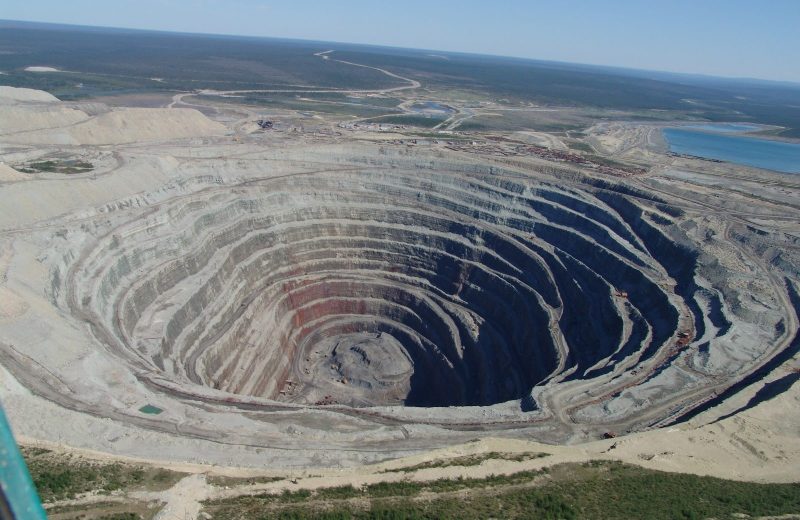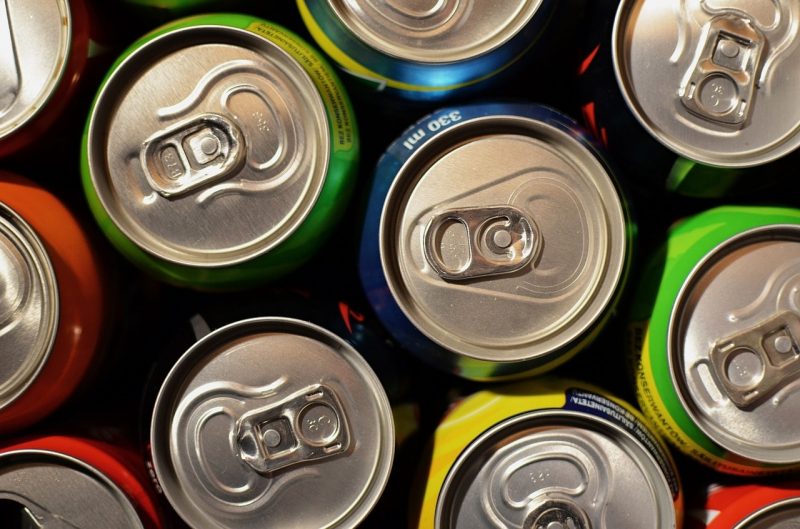The aluminum It is the third most abundant chemical element in the earth’s crust, and makes up about 7% of its mass. It is a whitish and silvery metal, characterized by being highly resistant to corrosion.
It was discovered at the beginning of the 19th century, by the German scientist Friedrich Wohler who was able to isolate it in its pure form, obtaining the isolated element that is very light, and the second best malleable metal that exists.
Chemical properties of aluminum
As mentioned, aluminum belongs to the group of metals, which tend to be soft and have relatively low melting points. The state of aluminum (whose chemical symbol is Al) is solid in its natural form, and has a melting point of 933.47 degrees Kelvin (661.32 degrees Celsius) and a boiling point of 2792 degrees Kelvin (2519.85 degrees Celsius).
Where is aluminum extracted from?

Aluminum, which is a very important and useful element in human production, is extracted mainly from bauxite which is a type of clay abundant in some countries such as the United States.
This question of the extraction It is important because, despite the fact that aluminum is a very common element in nature, it is never presented free but rather in a combined form. That is why much of the aluminum in the earth (usually that found in rocks) cannot be mined or used for production.
Aluminum processing
Two types of industrial processing are usually distinguished to obtain aluminum:
- Bayer process. The process begins by grinding the bauxite, and treating it with lime (CaO) hot. The thickest material, which is sand, is separated with this procedure, and a mixture remains that is allowed to cool until a solid precipitates. This solid is mixed with water and calcined, in such a way as to obtain the aluminum itself.
- Hall-Héroult process. Here what is done is to reduce the Aluminum cation that has 3 positive ions to one that has no charge. What is done is a passage of electric current through the reaction cell, for which it needs to melt the aluminum mixed with oxygen. Sometimes it is mixed with cryolite so that the melting temperature is lower, so as not to need reactors that operate at such a high temperature to obtain the aluminum.
Uses of aluminum

The importance of obtaining aluminum can be verified in the large number of uses that this element has in the industry:
- It is used to make a large quantity of cans and aluminum foil, common in packaging.
- Coin minting often uses aluminum.
- Aluminum is added to aviation fuel.
- Much of the wiring in cities is made of aluminum.
- The masts of sailing boats are usually made of aluminum.
- Household utensils are almost always made of aluminum.
- The means of transport have a large proportion of aluminum, among which are cars, airplanes, trucks, trains, boats and bicycles.
- The heat absorption capacity makes aluminum used in electronics to prevent overheating.
- Street lights are usually made of this material
- Aluminum is usually involved in water purification.
Sustainable
Much of the importance of aluminum is in being a sustainable materialSince maintaining current production levels (or growing at the rate it has been doing), it is estimated that the known bauxite reserves will last for hundreds of years. In addition, almost all aluminum products can be repeatedly recycled to produce new products, without thereby losing the metal’s quality and properties.
